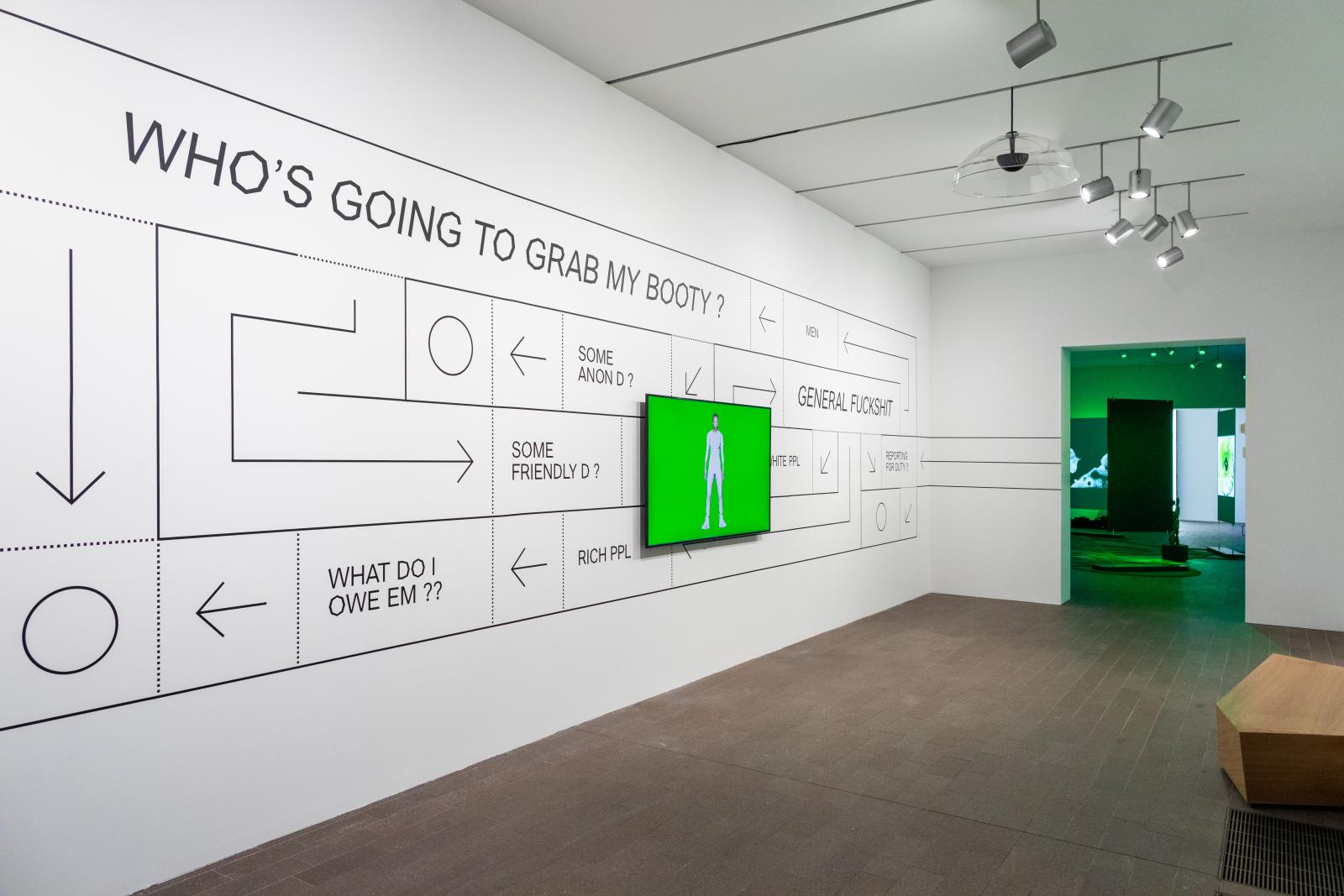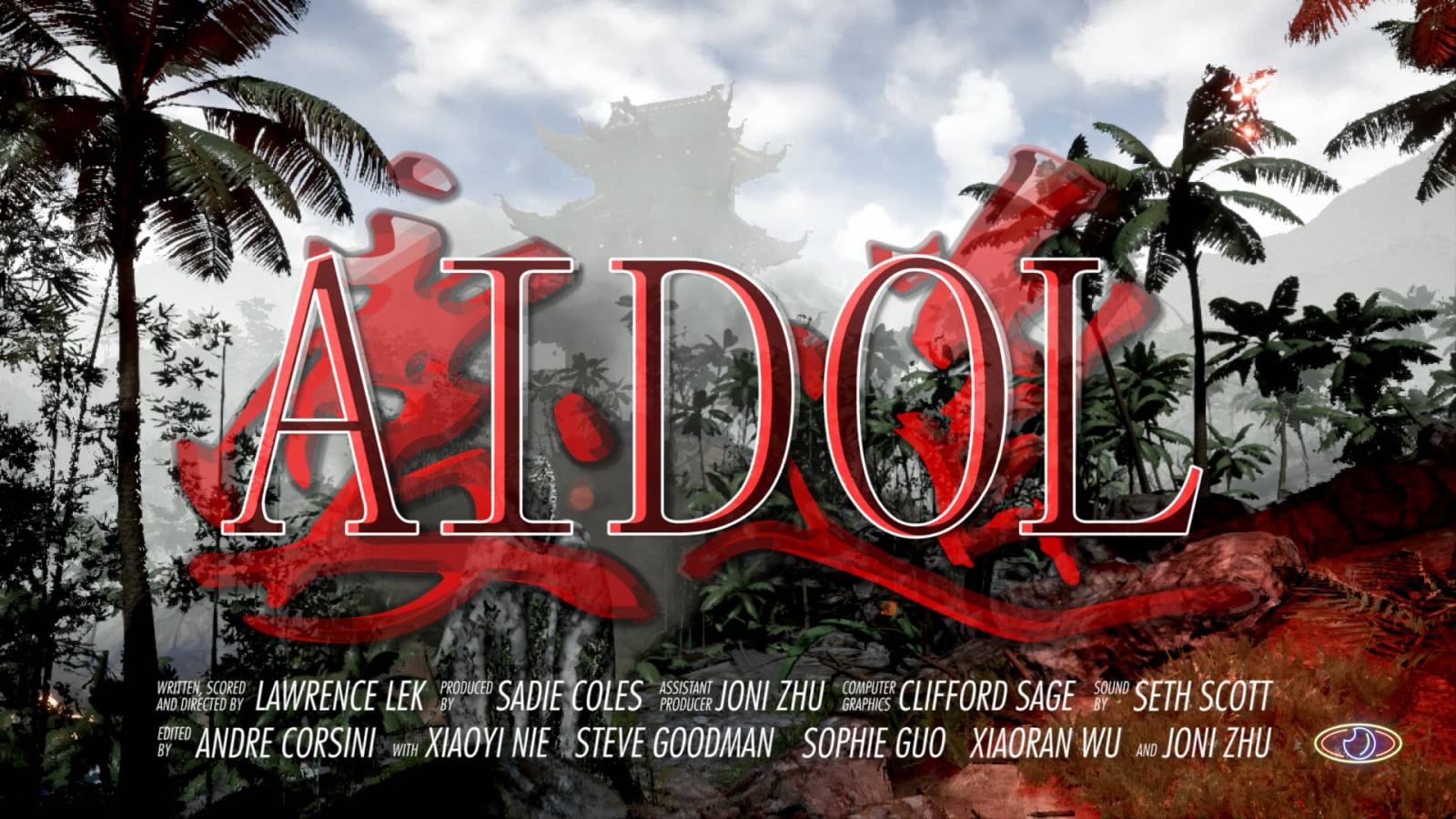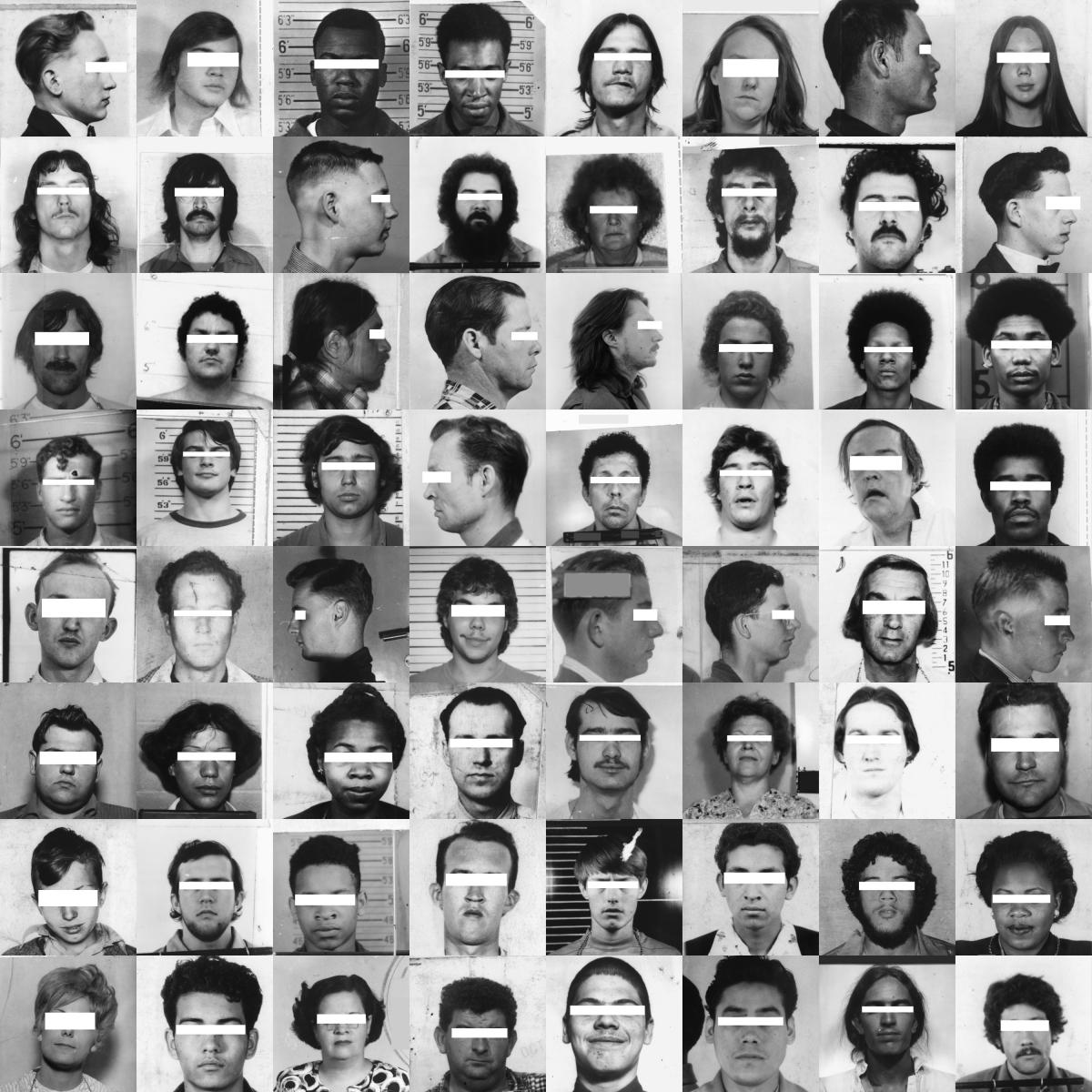Uncanny Valley: Forensic Architecture
Forensic Architecture uses machine learning to research human rights violations around the world. One challenge they face is ensuring the fairness of the technology that they use. Since many machine-learning processes are inscrutable—originating in military contexts and operating according to concealed mechanisms—it can be difficult to determine exactly how they reach their outcomes.



